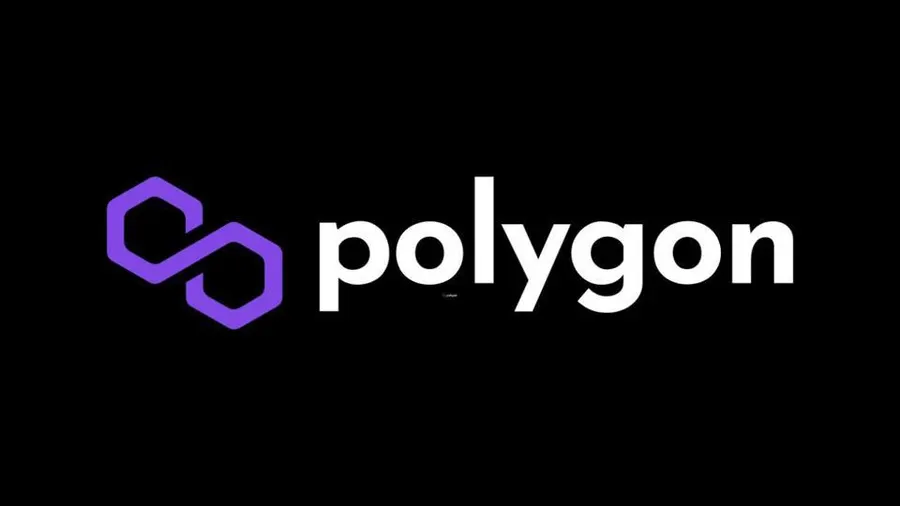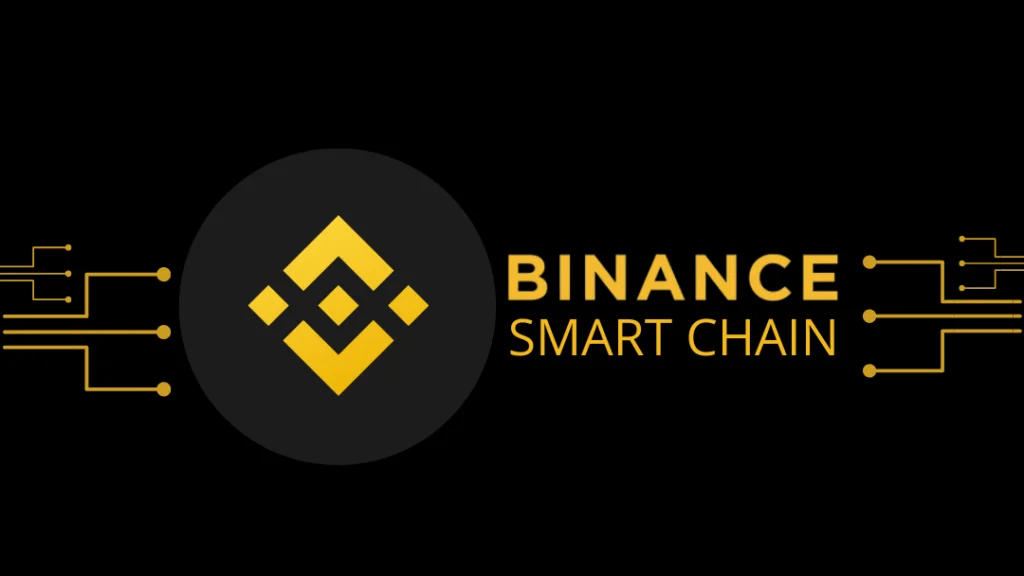To achieve scalability, layer 2 solutions process transactions away from the Ethereum Mainnet. In this article, we will analyze the top 5 Layer 2 scaling solutions

Each blockchain protocol, just like traditional computer networks, has its own unique capacity tolerance. They are able to accommodate only a certain amount of traffic before the roads become clogged.
In its turn, this traffic overflow leads to hefty transaction costs, particularly when it comes to the most widely used platform for smart contracts, which is Ethereum.
People are able to execute transactions in a trustless environment, keep immutable records, and build secure and resilient digital identities thanks to blockchain technology. The advantages of this technology are vast. Additionally, it has assisted in the development of a flourishing ecosystem for cryptocurrencies.
Ethereum is currently one of the most widely used distributed ledger systems (blockchains). Because it possesses so many different capabilities, it is able to do more than a million transactions in a single day.
People are able to use the platform’s services more simply as a result of this, which is another significant benefit of using the platform. Additionally, there is a tremendous amount of opportunity for the platform to increase the total number of users and applications in the DeFi market.
But despite its huge capabilities, the platform has encountered a variety of difficulties as a direct result of an increase in the number of people utilizing it, in response to these shortcomings, Ethereum has implemented Layer 2 remedies as a response to the problems that have been identified. These enable the platform to do transactions at a lower cost and in a shorter amount of time.
What is Ethereum Scaling?
The term “Ethereum scaling” refers to the process of increasing the capacity of the Ethereum network to process transactions and execute decentralized applications (dApps) in an effective manner. Ethereum is a distributed ledger platform that allows developers to construct and deploy decentralized apps on its network with the help of smart contracts.
Ethereum’s restricted scalability is one of the most significant obstacles that it must overcome. Because of the increased use and popularity of the network, the capacity of the network to handle transactions has become congested, which has resulted in longer processing times and higher costs.
Purpose of Layer 2 Scaling Solutions
Scalability issues arise when the quantity of data passing through a blockchain reaches a limit. This is due to the insufficient computational resources the blockchain possesses. The function of layer 2 scaling solutions is described below;
- Improved scalability
- Independent transactions
- Carrying out high-level transactions
Improved Scalability
Layer 2 scaling solutions are designed to improve the scalability of blockchain networks like Ethereum by allowing transactions to be handled off-chain. This decreases the amount of congestion that occurs on the main chain and boosts the overall throughput of the network.
Independent transactions
Layer 2 solutions are built on top of the primary blockchain and allow users to conduct transactions independently of the primary chain’s ability to process and validate each transaction.
These solutions are built on top of the primary blockchain. Layer 2 solutions have the potential to dramatically cut transaction costs and processing times while also boosting the total capacity of the network. This is made possible by moving transactions off-chain.
For instance, rollups are a well-liked layer 2 solutions for Ethereum. This solution combines a large number of separate transactions into a single transaction, which is subsequently verified on the main chain. This has the potential to dramatically cut down on the amount of time and money needed to process each transaction, all while preserving the integrity of the main chain and its decentralized nature.
Carrying out high-level transactions
Layer 2 solutions are essential if blockchain networks are to be able to serve high-volume use cases like decentralized financial apps. These applications need a high level of transaction throughput in order to function properly.
Blockchain networks can expand more effectively and efficiently by integrating layer 2 solutions. This enables developers to design more complex and sophisticated applications that can serve a rising user base. Layer 2 solutions can also reduce the costs associated with scaling blockchain networks.
How do Layer 2 Scaling solutions work?
By allowing users to execute transactions off-chain, Layer 2 solutions are constructed on top of the primary blockchain network to alleviate congestion and boost throughput. Different layer 2 solutions exist, but they all function in a similar fashion:
- Users initiate transactions off-chain
- Transactions are bundled and verified off-chain
- Results are returned to the main chain
- Settlement
Users initiate transactions off-chain
Users of a layer 2 solution perform transaction initiation off-chain, eliminating the need for the main blockchain network to process and validate the transaction. Instead, the layer 2 solution handles the transaction.
Transactions are bundled and verified off-chain
Transactions are combined into a single transaction, and then that transaction is verified off-chain using a consensus process that is unique to the layer 2 solutions that are being utilized. Several other approaches, such as state channels, plasma, or rollups, can be utilized to accomplish this goal.
Results are returned to the main chain
Following the completion of the off-chain processing and verification of the transactions, the findings are then relayed to the primary blockchain network for the purposes of final validation and recordkeeping.
Settlement
The final step of the transaction is called the settlement, and it takes place when the final outcome is recorded on the main chain. This assures that the transaction cannot be undone in any way and that it cannot be changed in any other way.
Top 5 layer 2 Scaling Solutions
Here are the top 5 layers 2 scaling solutions;
- Polygon
- Optimism
- Arbitrum
- zkSync
- Binance Smart Chain
Polygon

Polygon originally known as Matic Network, is a layer 2 scaling solution that utilizes sidechains to process transactions off-chain before settling them on the Ethereum mainnet. Polygon was developed by the same team that created Matic Network. Because it enables users and decentralized applications (dApps) on Ethereum to conduct transactions quickly and at a low cost, it has become a very popular option.
Optimism

Optimism is a layer 2 scaling solution that increases the throughput of the Ethereum network by utilizing optimistic rollups. Optimism was developed by the Optimism team. Processing transactions off-chain and then submitting them to the main net for settlement makes it possible to conduct transactions at a lower cost and in a shorter amount of time. Optimism is presently in the beta testing phase, and the company intends to officially debut in 2021.
Arbitrum

Arbitrum is a layer 2 scaling solution that improves Ethereum’s capacity to scale by utilizing optimistic rollups. Arbitrum was developed by the Arbitrum Group. Off-chain processing of transactions, followed by submission to the Ethereum main net for settlement, results in transactions that are processed more quickly and at a lower cost. Arbitrum has already debuted on Ethereum and supports well-known decentralized applications (dApps) like Chainlink and Uniswap.
zkSync

zkSync is a layer 2 scaling solution that increases the scalability of Ethereum by utilizing zero-knowledge proofs. zkSync was developed by the zcash team. It achieves this by first processing transactions off-chain and then settling them on the Ethereum main net. As a result, it delivers transactions that are both quick and inexpensive. zkSync is compatible with smart contracts and has already been incorporated into widely used decentralized applications (dApps) like Loopring and Gitcoin.
Binance Smart Chain (BSC)

Binance Smart Chain is a layer 2 scaling solution that processes transactions off-chain via a centralized network of validators and then settles those transactions on the Binance Smart Chain. Binance Smart Chain is also known as “Binance Smart Chain.” Because it is easy to use, has low transaction fees, and supports smart contracts that are compatible with Ethereum Virtual Machine (EVM), it is a popular choice among users and developers of decentralized applications (dApps).
In Conclusion
By processing transactions off-chain, layer 2 solutions can considerably reduce transaction costs and processing times while simultaneously expanding the network’s overall capacity. In conclusion, scaling Ethereum entails implementing solutions to increase the network’s capacity to efficiently process transactions and run decentralized applications.
